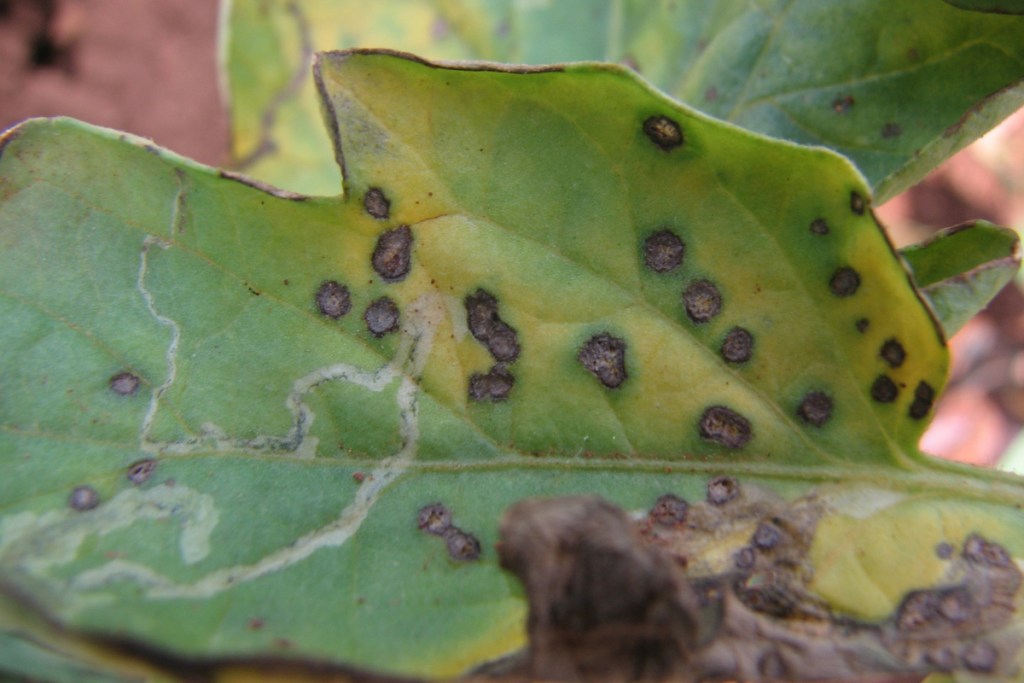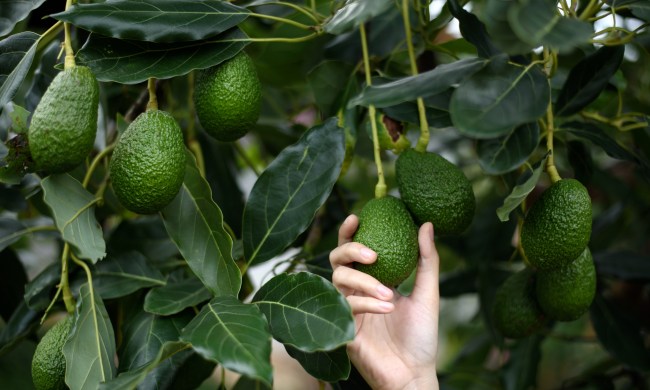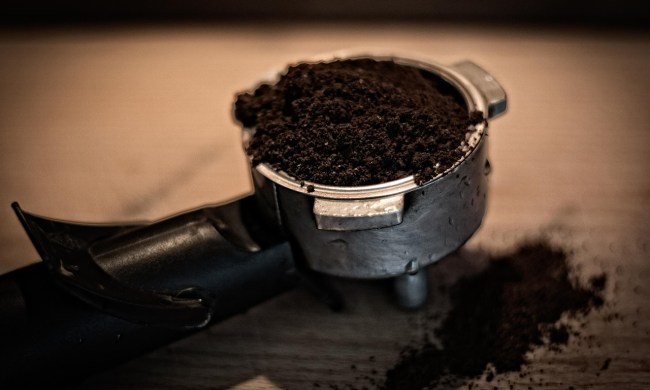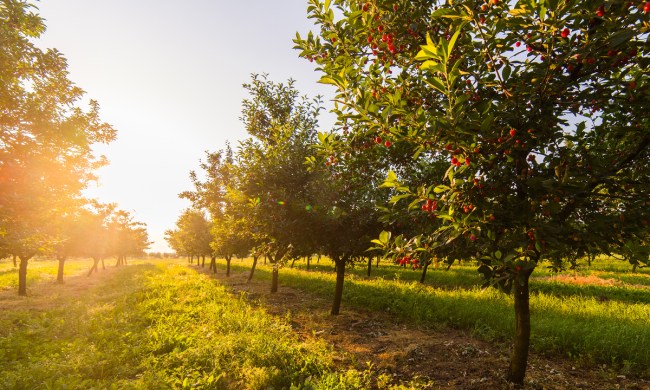Tomatoes are a favorite fruit for many. They’re great in a medley of dishes and come in different shapes, sizes, and even flavors. When it comes to care requirements, tomatoes aren’t always the easiest plant to grow, although they’re far from the most difficult. Diseases can devastate any plant, and tomatoes are no different. The best way to keep your tomatoes safe and healthy is by being prepared. In this handy guide, we’ll cover a few of the most common plant diseases that impact tomatoes and what you can do to prevent or treat them.
Blight
There are multiple types of blight, but the two most common types in tomatoes are early blight and late blight. As you might surmise from the names, early blight is more common earlier in the year, while late blight is more common later in the year.
Early blight is caused by fungi in the alternia family. It occurs during warm, humid conditions, making it most common during warmer than average springs and summers. The first signs of early blight are visible at the base. Brown spots, which are more or less circular, appear on the lowest parts of the plant. If left untreated, the spots expand and merge together, resembling tree rings, causing massive damage to the plant. Eventually, the blight spreads to the fruit and the fruit rots.
Late blight is caused by the fungus Phytopthera infestans. This fungus prefers cooler, wet weather, so it’s most common in fall and early winter. Similar to early blight, the earliest signs of this infection are brown spots on the lowest parts of the plant. However, these spots are more irregular in shape and don’t form rings. As the blight spreads, the spots form white fungal growths, especially when conditions are damp. If left untreated, parts of the stem can collapse entirely.
Despite their differences, the treatments and preventative measures are largely the same. Test your soil for the fungi before planting and plant tomatoes that have a natural resistance to blight. Be diligent in your weeding and keep your tomato plants spread out to prevent any potential infections from spreading. Most importantly, keep the leaves dry when you water your plants. Be careful not to over water them.

Anthracnose
Anthracnose is another fungal infection, caused by fungi in the colletotrium genus. This fungus prefers warm, wet conditions, and can live in the soil for up to a year. Anthracnose affects the fruit of the tomato plant. It begins as small dimples in the tomato fruits, which grow and darken in the center. The spots then develop yellow spores, which can be spread easily through water. By the time the spores are visible, the spots have often deepened, so that a large section of the fruit is rotten.
Tomatoes can be exposed to the fungi that cause anthracnose in the soil when they’re planted or from the plant they’re harvested from as seeds. To keep your plant safe from soil-borne fungi, keep the ground free of weeds, avoid getting the leaves and fruit wet when watering your plants, and test your soil before planting. To be sure your tomato seeds are healthy and not infected, make sure to buy them from a reputable source. If you aren’t sure, you can soak your tomato seeds in hot water for 25 to 30 minutes, which should kill the fungus. Since this fungus affects the fruit specifically, it’s a good idea to harvest your tomatoes as soon as they ripen, to help prevent them from becoming infected.

Damping off
Damping off is also sometimes called seedling disease because it affects, you guessed it, seedlings. Damping off can cause seedlings to die before they even break the soil, or wilt and die soon after planting or transplanting. It’s caused by two fungi; pythium and rhizoctonia, and primarily occurs when seedlings are planted too early, when the soil is still cold and damp. The best way to prevent this is to wait until the soil warms in spring to plant your tomato seedlings. You can further increase your seedlings’ odds of survival by soaking the seeds before planting them. This helps to boost germination.

Septoria leaf spot
Septoria leaf spot is caused by the fungus Septoria lycopersici. As the name suggests, the primary way to identify this infection is by the spots that form on the tomato plant’s leaves. These spots are fairly small, with dark edges and lighter centers. As the spots increase, the leaves gradually die and fall away. This weakens the plant overall, leaving it vulnerable to other diseases and infections.
The good news is that the fungus that causes this disease doesn’t survive long in the soil. The bad news is that there are fewer preventative measures that can be taken. Clearing out old, dead, and diseased plant matter is the primary prevention measure. As always, avoid getting the leaves wet when watering them.
These are the most common plant diseases that tomato plants are prone to. In general, the best way to prevent any of these is to practice good garden maintenance. Clear away diseased or dead plant material, keep your garden free of weeds, don’t water your plants from above, and space your plants out. Doing these things can greatly increase your chances of growing healthy, delicious tomatoes.



